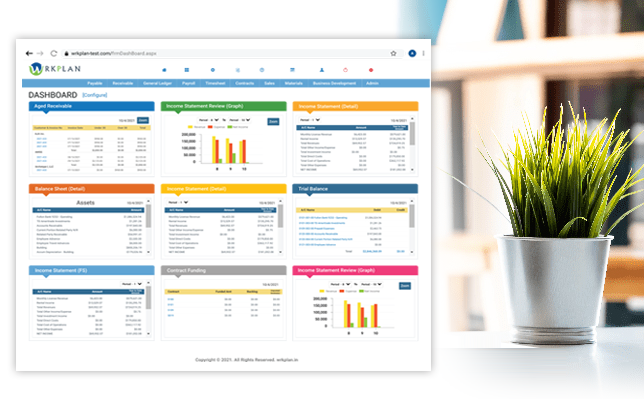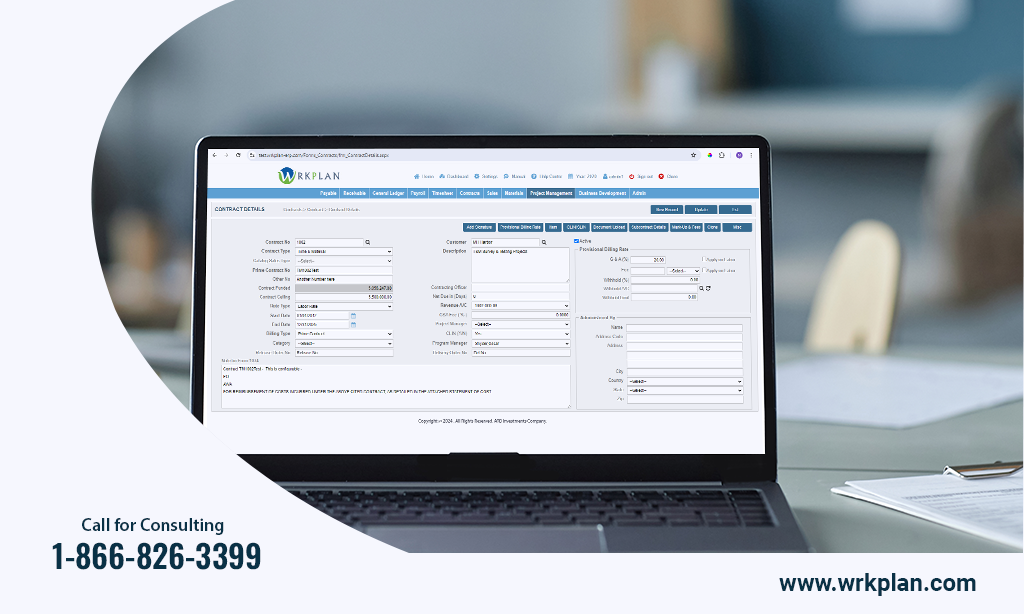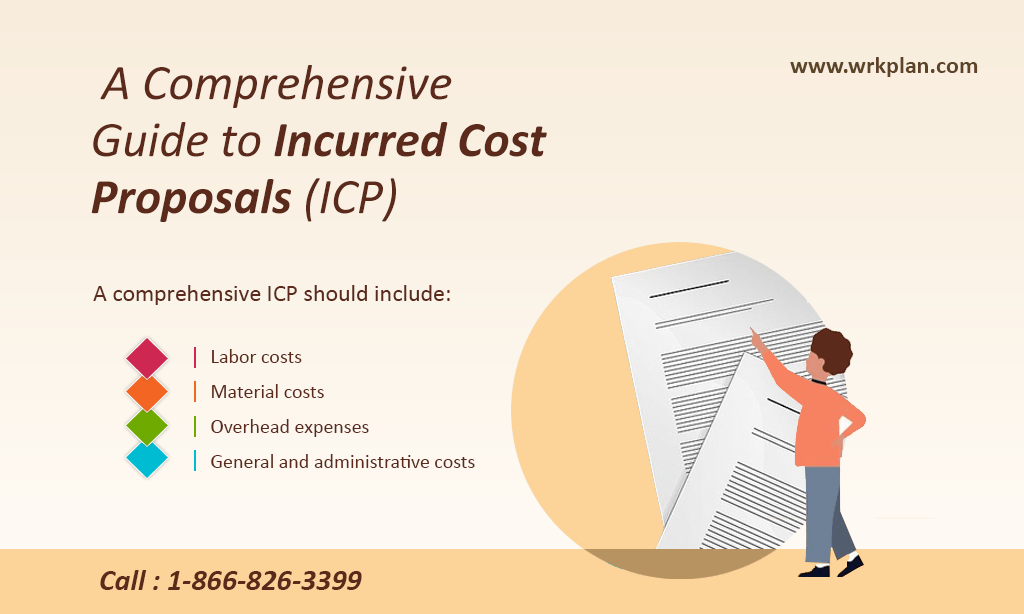Workforce management analytics refers to the use of data and analytics to optimize workforce operations and improve business outcomes. By leveraging workforce data, businesses can gain insights into their workforce performance and make data-driven decisions to improve productivity, efficiency, and profitability. Here are some of the benefits of using workforce management analytics:
- Optimize workforce scheduling: By analyzing historical data on employee productivity and customer demand, businesses can optimize workforce scheduling to ensure that they have the right number of employees with the right skills in the right place at the right time. This can help reduce labor costs while improving customer satisfaction.
- Improve employee performance: By tracking employee performance metrics such as attendance, productivity, and quality, businesses can identify areas for improvement and develop targeted training and coaching programs to help employees perform at their best. This can help increase employee engagement and retention, and ultimately improve business outcomes.
- Reduce labor costs: By analyzing workforce data, businesses can identify areas where they can reduce labor costs, such as by automating certain tasks, implementing flexible work arrangements, or adjusting staffing levels based on demand. This can help businesses optimize their labor budget and improve profitability.
- Increase revenue: By optimizing workforce operations, businesses can improve customer satisfaction, reduce wait times, and increase the number of customers served. This can ultimately lead to increased revenue and profitability.
- Identify trends and opportunities: By analyzing workforce data over time, businesses can identify trends and opportunities for improvement or growth. For example, they may identify a need to expand into new markets or introduce new products or services based on changing customer demand.
In summary, using workforce management analytics can help businesses optimize their workforce operations, improve employee performance, reduce labor costs, increase revenue, and identify trends and opportunities for growth. By leveraging data to make informed decisions, businesses can improve their bottom line and gain a competitive advantage in their industry.
https://www.linkedin.com/company/wrkplan/












